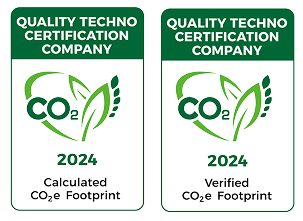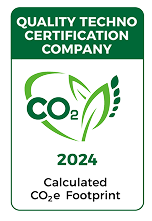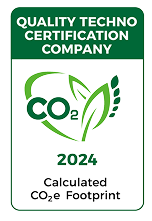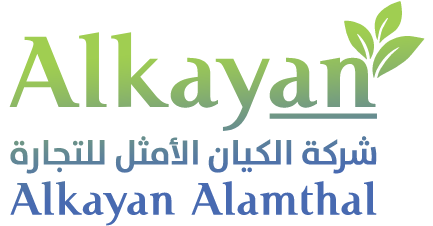One step towards the success of your project with a 40% discount on all services only
Carbon services
Carbon management services
Under Vision 2030, the Kingdom of Saudi Arabia is working to enhance sustainability through carbon management. This includes reducing carbon emissions, supporting renewable energy, and diversifying the economy, contributing to building a prosperous and sustainable economic future while reducing dependence on oil.


Our synchronization
As a national company specializing in carbon accounting, we pledge to leverage our expertise to support His Royal Highness Crown Prince Mohammed bin Salman’s commitment to reducing carbon emissions in the Kingdom by 50% by 2030. This will be achieved by applying the highest international standards in accordance with the ISO methodology and assisting government agencies and private sectors in achieving their strategic carbon targets.
What is not measured cannot be managed
In line with the Kingdom’s Vision 2030 to reduce emissions by 278 million tons annually, Al Kayan Al Amthal has launched its carbon footprint calculation services to work toward carbon neutrality and assist entities in achieving their carbon reduction plans.

alkayan alamthal Carbon Company Services
The alkayan alamthal team helps entities contribute to the Kingdom’s Vision 2060 for carbon neutrality by:

Carbon footprint calculation and baseline building service
(Greenhouse gas emissions) via ISO 14064, ISO 14067
GHG Protocol

Carbon Neutrality Account Service
Calculating carbon emissions offsets using PAS 2060

Service to provide plans and strategies to achieve carbon neutrality
With the ability to monitor the implementation
of the plan to achieve carbon neutrality.
Carbon footprint of entities

The Carbon Footprint Compliance Certificate is awarded to establishments when calculating their carbon emissions. It documents the total percentage of emissions and confirms the establishment’s commitment to taking the first step towards reducing environmental impact and contributing to achieving carbon neutrality and sustainable climate change.

The certificate of compliance is obtained for annual carbon footprint reduction. It shows the organization’s annual reduction percentage compared to the previous year and certifies the organization’s commitment to reducing its annual carbon emissions.

Carbon neutrality certification is achieved when a facility achieves carbon neutrality by achieving carbon neutrality by reducing carbon emissions to the maximum extent possible and offsetting the remaining emissions by supporting environmental projects.
Product carbon footprint
Carbon emissions accounting covers all stages of a product’s life cycle, from raw material extraction and manufacturing to energy generation, transportation, and distribution. Higher emissions are associated with increased use of manufactured materials, making reducing them essential to limiting the environmental impact.
Why calculate a product's carbon footprint?
It enables consumers to understand the environmental impact of a product through details of emissions from raw materials, manufacturing, transportation, storage, use, and disposal, which helps in choosing the most appropriate product, improving design, increasing efficiency, reducing costs, and mitigating risks.
Mechanism for calculating a product's carbon footprint
Types of product carbon footprint:

From raw materials to waste
Measures total greenhouse gas emissions throughout a product's life cycle, from raw material extraction to final disposal.

From raw materials to finished product
Measures emissions from the extraction of raw materials until the product is manufactured and reaches the factory gate.
Carbon footprint of services
The carbon footprint of services is linked to customers, giving them the right to know the emissions generated by their use, and obligating the operator to provide this information to engage them in global responsibility towards climate change.
Some types of services whose carbon footprint can be calculated:
- Using phones for calls and browsing
- Purchases of all kinds using cards and bank accounts
- rented transportation
- Delivery methods via applications
- Logistics

Carbon neutrality strategy
Mechanism to achieve carbon neutrality
Strategy to achieve carbon neutrality and reduce emissions
alkayan alamthal Company offers the service of developing and implementing carbon reduction strategies, adhering to comprehensive steps and principles tailored to the needs of each organization.
- 1- Building the plan
- 2- Follow up on the plan
- 3- Assistance in implementation



